- The Lamborghini Urus gets a plug-in hybrid powertrain for 2025.
- Called Urus SE, this model effectively slots between the Urus S and Urus Performante, which are being phased out.
- With 789 horsepower and some trick drivetrain tech, this is one seriously satisfying performance SUV.
2025 Lamborghini Urus SE First Drive: Blasphemy Rules
The super-SUV goes hybrid
The phrase "hybrid Lamborghini SUV" would've made some of y'all clutch your pearls just a decade ago. But today, a plug-in hybrid Lambo crossover isn't just normcore, it's necessary, as the Italian automaker is going full speed ahead on electrification. Besides, the Urus is an absolute cash cow for Lamborghini, helping the brand achieve year after year of record sales. Seriously, if you order a new Urus today, you won't get it until the end of 2025 — maybe even 2026 — at the earliest.
Whaddaya know? Heresy sells.
What's new with the Urus for 2025?
The base Urus S and the holy-moly Urus Performante are being phased out, meaning the Urus SE becomes Lamborghini's de facto SUV for 2025. It brings a few cosmetic tweaks, including a front fascia that isn't quite so brash, as well as taillights housed in a mesh panel that Lamborghini says is a nod to the Gallardo (OK, I kind of see it).
Even so, those softened bits can't change the fact that the Urus looks like crumpled-up origami being thrown directly at your face, with a bold design that's as loud as it is proud. To that end, might I recommend upsizing the standard 21-inch wheels and going for one of the more visually popping 22- or 23-inch options. And be sure to have your Urus painted in some kind of fluorescent, eye-searing shade of neon. I'm also a big fan of the color of my test car, even if it does have one of the most horribly unfortunate names out there. Blu Uranus — yes, really.
Hey, there's new tech inside
The Urus' interior largely carries over unchanged, save for the addition of a larger 12.3-inch touchscreen in the dashboard. This display runs an updated version of Lamborghini's infotainment suite, which is to say it runs an updated version of Audi's MMI multimedia system, just with Lambo-specific colors, edgy designs and too-cool-for-school fonts. The good news is that the Audi software supporting the Lambo interface is snappy and full of features. The bad news is that the Lamborghini-specific menu structure can be a little convoluted.
Why the Audi tie-in? Well, don't forget, the Urus shares a lot of its underpinnings with the Audi Q8 crossover, which also means its interior is actually more straightforward and easy to use than, say, a Ferrari Purosangue or even some other Lamborghini products. Note the logically arranged controls, physical buttons for the most commonly used features and — wow, can it be? — actual stalks for the turn signals and windshield wipers. There's also a second screen below the main infotainment display where you'll find climate controls and access to some other vehicle settings, just like the one in the Q8.
Of course, there are still plenty of Lamborghini-specific touches, like those fighter-jet-style controls for the drive modes, and the flip-up cover over the engine start button, which, I have to admit, never stops feeling cool to use.
The front seats are comfy and there's enough side bolstering to keep you in place when you're doing Lambo things on winding Italian roads. Rear-seat room is a bit tight; that sloping roofline kills headroom, and legroom is in somewhat short supply. But the Urus is still large enough to accommodate four adults in relative comfort, and the cargo area will handily swallow your suitcases, golf clubs, shopping bags, rich-person accoutrements, etc.
That's one punchy plug-in
The heart of the Urus SE is its new plug-in hybrid powertrain, which pairs a 4.0-liter twin-turbo V8 engine with a 25.9-kWh battery pack and electric motor. Sound familiar? It's the same powertrain used in the new Bentley Continental GT and Porsche Panamera Turbo S E-Hybrid, though a direct carbon copy it is not. The Urus' V8 accounts for 612 horsepower and 590 lb-ft of torque, while the battery and e-motor can provide a maximum of 189 hp and 356 lb-ft of twist. Working in tandem — and no, you can't just add the numbers together — total system output is a more-than-ample 789 hp and 701 lb-ft, which is more power but less torque than the aforementioned Bentley and Porsche.
What's it all mean? Well, for starters, you can drive the Urus under fully electric power for a little more than 30 miles and at speeds up to 84 mph before the gas engine kicks in. This is totally the way to go when sitting in traffic or toddling about in the city, and it's a total mind-fork for pedestrians to see a normally super-shouty Lamborghini SUV whirring by in complete silence.
Move the drive mode selector into Corsa mode, activate launch control, and the combined forces of the V8 engine and e-motor will shoot this 5,523-pound SUV to 62 mph in 3.4 seconds, which is only one measly tenth of a second slower than the outgoing Urus Performante. It sounds incredible doing the deed, too; the active exhausts open to give the Urus a properly Lambo-spec roar. Oh, and don't worry — while Lamborghini says emissions regulations have forced the company to hush the SUV's exhaust slightly in Europe, North American models will have a unique exhaust setup with flaps that fully open for the full set-off-your-neighbor's-car-alarm experience.
Confirmed: It'll drift
The standard air suspension and 48-volt active-anti roll tech do a lovely job of keeping the cabin jostle-free over broken pavement while simultaneously reducing body motions in tight bends. There are pronounced differences in ride harshness between the comfy Strada, taut Sport and properly rowdy (read: stiff as heck) Corsa drive modes, and the air suspension will actually raise by 3 inches in the off-road Neve, Sabbia and Terra settings. One gripe while I'm here: It's incredibly annoying that, if you're driving in Sport, you have to toggle forward through every single other drive mode to get back to Strada. The mode selector does not work both ways. So dumb.
Aside from the engine, the biggest mechanical change for the Urus SE is the switch to an electro-hydraulic multi-plate central clutch that distributes torque variably between the front and rear axles. From there, the Urus SE uses an electronic limited-slip differential at the rear, which manages lateral power distribution. The end result? The Urus is now more playful than before, with more freedom to get its tail loose, should you suddenly find yourself in a drift challenge on the way to buy yoga pants.
Seriously, though, the added freedom this system gives to the SUV's rear end genuinely does make it feel more agile and lithe, but you really do need a racetrack or some other closed course to really exploit its capabilities. Even on a gravel track, the Urus doesn't feel appreciably more Scandinavian-flickable than it did before — it just has that same king-of-the-wilderness appetite for blasting down dirt roads.
The Urus SE has super-SUV stamina
So it seems that, despite the tweaked styling, improved tech, plug-in hybrid powertrain and fancy new driveline mechanicals, the Urus is, well, pretty much the same as it ever was. It even splits the difference between the outgoing Urus S and Performante in terms of price, starting at $262,631 including $3,995 for destination.
Electrification has in no way hurt Lamborghini's highly lauded super-SUV, and it's clearly the way forward for the brand, as evidenced by vehicles like the Revuelto and Temerario. The Urus' order books have already overfloweth. Hybrid power will in no way slow down that momentum.
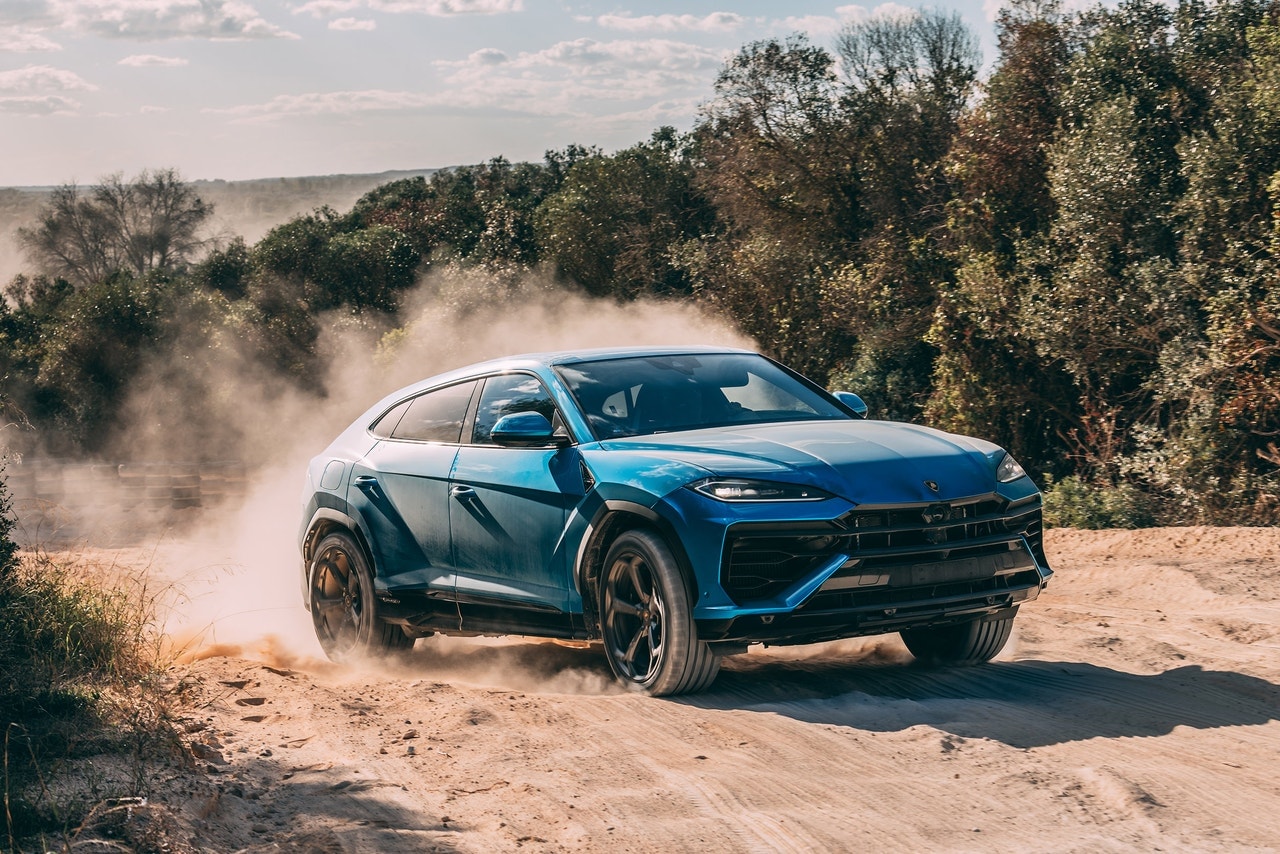

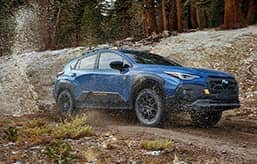
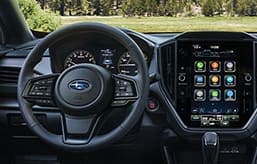


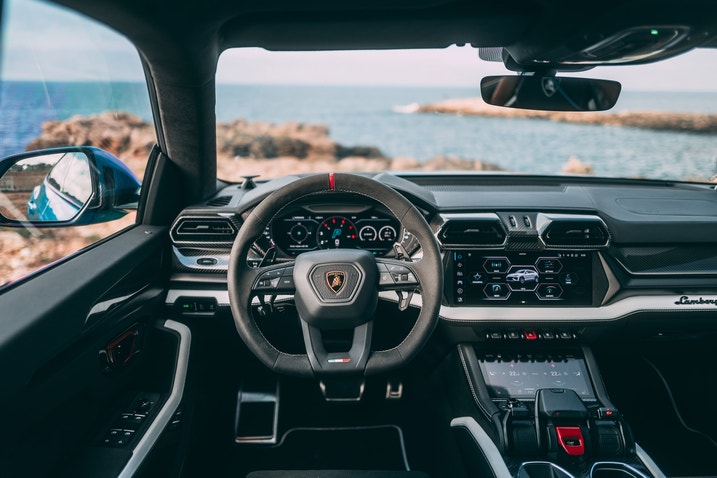

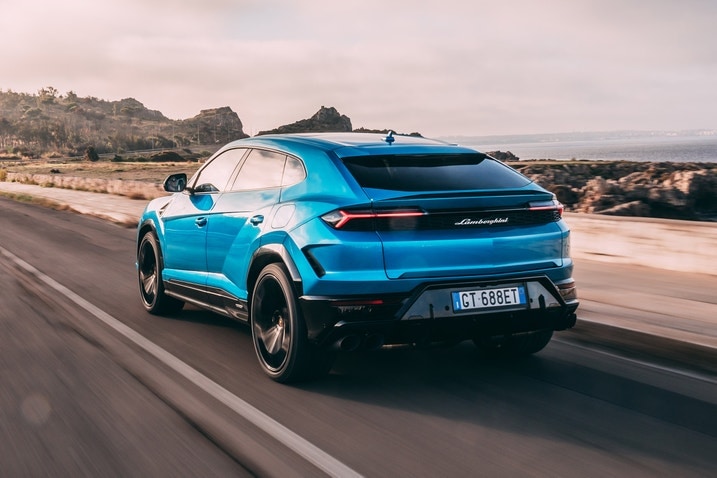



 by
by  edited by
edited by